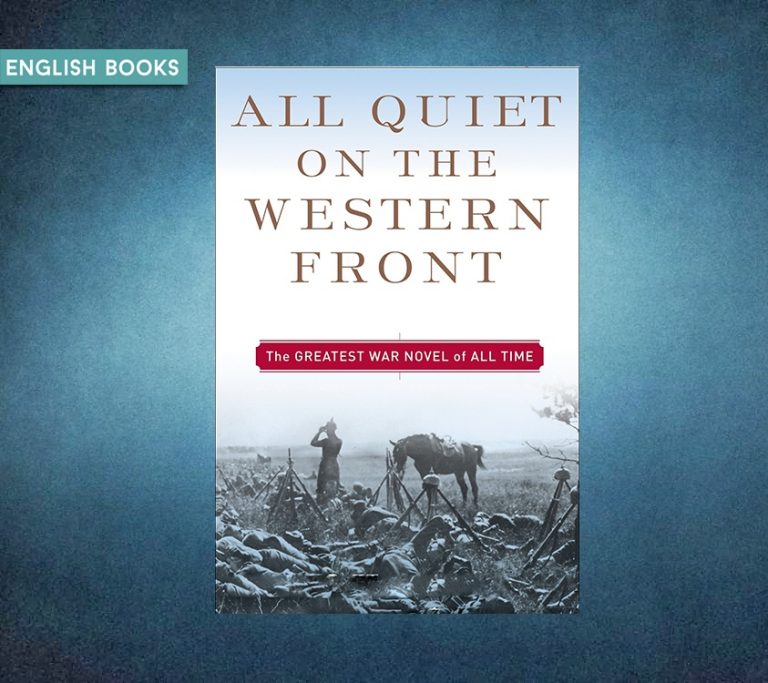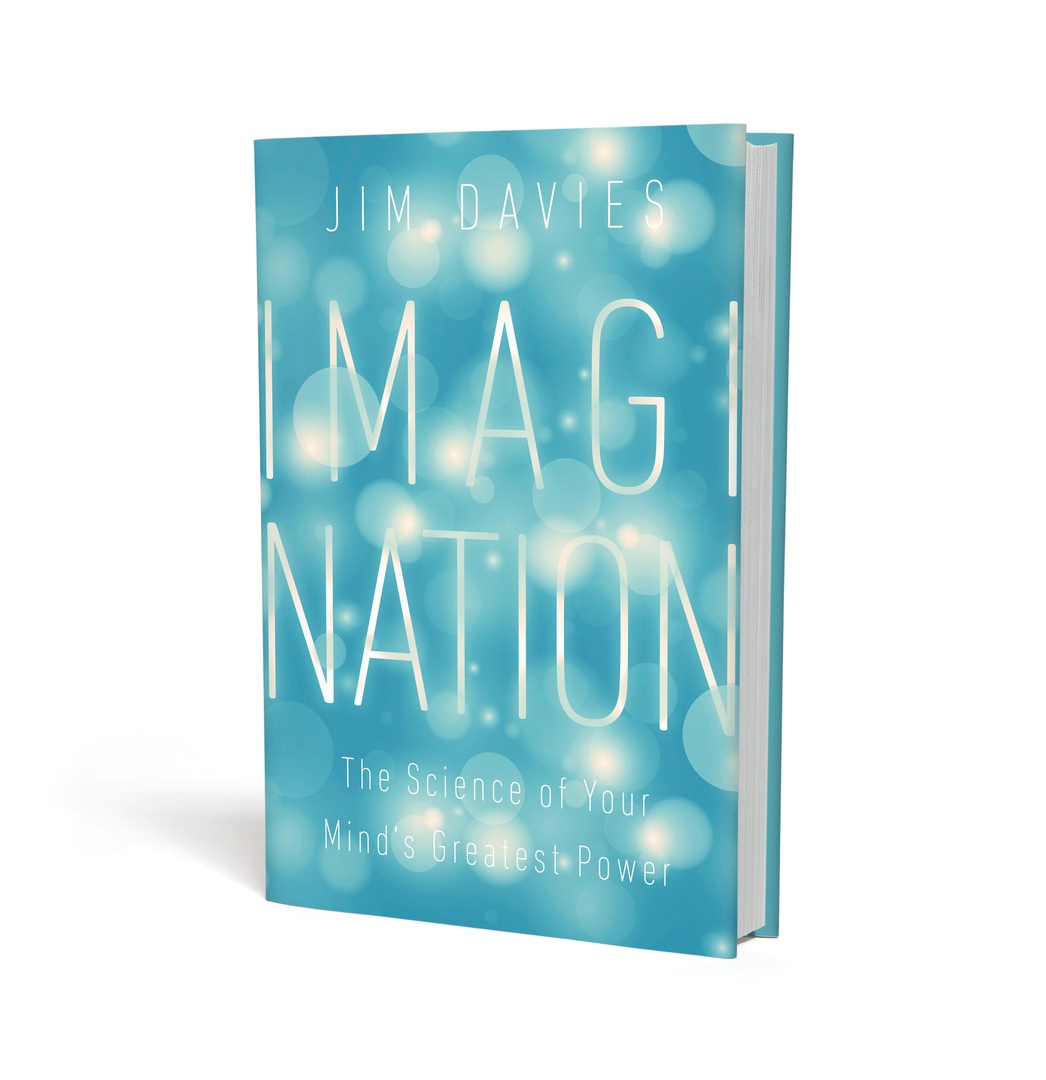A History of Bangladesh – Willem
1) A History of Bangladesh – Willem van Schendel
Cambridge University Press | 2009 | PDF
Bangladesh is a new name for an old land whose history is little known to the wider world. A country chiefly famous in the West for media images of poverty, underdevelopment, and natural disasters, Bangladesh did not exist as an independent state until 1971. Willem van Schendel’s history reveals the country’s vibrant, colourful past and its diverse culture as it navigates the extraordinary twists and turns that have created modern Bangladesh. The story begins with the early geological history of the delta which has decisively shaped Bangladesh society. The narrative then moves chronologically through the era of colonial rule, the partition of Bengal, the war with Pakistan and the birth of Bangladesh as an independent state. In so doing, it reveals the forces that have made Bangladesh what it is today. This is an eloquent introduction to a fascinating country and its resilient and inventive people.
2) Bangladesh: A Political History since Independence – Ali Riaz
I.B. Tauris | 2016 | PDF
Bangladesh is a country of paradoxes. The eighth most populous country of the world, it has attracted considerable attention from the international media and western policy-makers in recent years, often for the wrong reasons: corruption, natural disasters caused by its precarious geographical location, and volatile political situations with several military coups, following its independence from Pakistan in 1971. Institutional corruption, growing religious intolerance and Islamist militancy have reflected the weakness of the state and undermined its capacity. Yet the country has demonstrated significant economic potential and has achieved successes in areas such as female education, population control and reductions in child mortality. Ali Riaz here examines the political processes which engendered these paradoxical tendencies, taking into account the problems of democratization and the effects this has had, and will continue to have, in the wider South Asian region. This comprehensive and unique overview of political and historical developments in Bangladesh since 1971 will provide essential reading for observers of Bangladesh and South Asia.
3) 1971: A Global History of the Creation of Bangladesh – Srinath Raghavan
Harvard University Press | 2013 | PDF
The war of 1971 was the most significant geopolitical event in the Indian subcontinent since its partition in 1947. At one swoop, it led to the creation of Bangladesh, and it tilted the balance of power between India and Pakistan steeply in favor of India. The Line of Control in Kashmir, the nuclearization of India and Pakistan, the conflicts in Siachen Glacier and Kargil, the insurgency in Kashmir, the political travails of Bangladesh–all can be traced back to the intense nine months in 1971.
Against the grain of received wisdom, Srinath Raghavan contends that far from being a predestined event, the creation of Bangladesh was the product of conjuncture and contingency, choice and chance. The breakup of Pakistan and the emergence of Bangladesh can be understood only in a wider international context of the period: decolonization, the Cold War, and incipient globalization. In a narrative populated by the likes of Nixon, Kissinger, Zhou Enlai, Indira Gandhi, Zulfikar Ali Bhutto, Sheikh Mujibur Rahman, Tariq Ali, George Harrison, Ravi Shankar, and Bob Dylan, Raghavan vividly portrays the stellar international cast that shaped the origins and outcome of the Bangladesh crisis.
This strikingly original history uses the example of 1971 to open a window to the nature of international humanitarian crises, their management, and their unintended outcomes.
4) The Separation of East Pakistan: The Rise and Realization of Bengali Muslim Nationalism – Hasan Zaheer
Oxford University Press | 1994 | PDF
To understand the separation of East Pakistan in 1971, it is necessary to put the events of that year into the proper perspective of the unstable relationship between East and West Pakistan from 1947 onwards. Hasan Zaheer examines the genesis of the single state of Pakistan, and analyzes the crises which marked the relations between the two areas from 1947 to the army actions of 1971. The book makes extensive use of primary sources, conversations and interviews with those directly involved in the events of the post army action period, unpublished documents, and the author’s own personal experiences. It is a detailed account of events on the national and international fronts, culminating in the surrender of the army in East Pakistan on December 16, 1971.
5) The Rise of Islam and the Bengal Frontier, 1204-1760 – Richard M. Eaton
University of California Press | 1996 | PDF
In all of the South Asian subcontinent, Bengal was the region most receptive to the Islamic faith. This area today is home to the world’s second- largest Muslim ethnic population. How and why did such a large Muslim population emerge there? And how does such a religious conversion take place? Richard Eaton uses archaeological evidence, monuments, narrative histories, poetry, and Mughal administrative documents to trace the long historical encounter between Islamic and Indic civilizations. Moving from the year 1204, when Persianized Turks from North India annexed the former Hindu states of the lower Ganges delta, to 1760, when the British East India Company rose to political dominance there, Eaton explores these moving frontiers, focusing especially on agrarian growth and religious change.
6) Bangladesh, India and Pakistan: International Relations and Regional Tensions in South Asia – Kathryn Jacques
Palgrave Macmillan UK | 2000 | PDF
This book provides a broad, analytical study of Bangladesh’s relationship with India and Pakistan between 1975 and 1990. Bangladesh’s role in South Asian international relations has tended to be overlooked and underestimated. The book reveals the complexity of the relationship between Bangladesh, India, and Pakistan and challenges the biased and stereotypical views often encountered regarding Bangladesh’s foreign policy. Considerable contemporary evidence is interpreted from a variety of perspectives: domestic, regional, and extra-regional. The evidence is then used to assess the relative significance of these perspectives.
7) Different Nationalisms: Bengal, 1905–1947 – Semanti Ghosh
Oxford University Press | 2016 | PDF
The period between the partition of Bengal in 1905 and the Partition of India in 1947 was witness to a unique experience of ‘imagining’ nations in Bengal. With neither the Bengali Muslims nor the Bengali Hindus envisioning homogenous ideas about nationhood, many contesting and alternative visions emerged, both within and between the two communities. These ‘other’ nationalisms were not ‘anti-national’, but creeds of either a ‘federal Indian nation’ with ‘regional autonomy’, or a ‘regional nation’ on its own strength.
In Different Nationalisms, Semanti Ghosh goes beyond the Muslim-Hindu and nationalism-communalism binaries to reveal an unfamiliar terrain of hidden contestations over the concept of nation in colonial Bengal. For several of these competing ideologies, Partition, rather than being an expected or even desired outcome, was an anti-climax in their long-drawn battle for a nation.
8) The Political History of Muslim Bengal: An Unfinished Battle of Faith – Mahmudur Rahman
Cambridge Scholars Publishing | 2019 | PDF
Bangladesh, the eastern half of earth’s largest delta, Bengal, is today an independent country of 163 million people. Among the 98% ethnic Bengali population, above 90 percent practice Islam.
Surprisingly, Buddhism was the predominant religion of the region until the beginning of the 2nd millennium. In the midst of a long and fierce Brahman-Buddhist conflict, political Islam arrived in Bengal in the very early 13th century.
Against the background of the above history, this book tells the story of successive religious and political transformations, touching upon the sensitive subject of Bengali Muslim identity. Encompassing a period of more than a millennium, it narrates a political history beginning with the independent Muslim Sultanate and closing with the 1971 liberation war of Bangladesh. The book concludes by discussing the present day, here termed Authoritarian Secularism.
9) Recasting the Region: Language, Culture, and Islam in Colonial Bengal – Neilesh Bose
Oxford University Press | 2014 | PDF
Recasting the Region studies the trajectories of Muslim Bengali politics and examines the literary and cultural history of Bengali Muslims from the early twentieth century until the 1952 Language Movement. It argues that Muslim political mobilization in late colonial Bengal did not emanate from north Indian calls for a separatist ‘Muslim’ state of Pakistan, but rather emerged out of a sustained engagement with local Bengali intellectual and literary traditions.
In six chapters, the book features meticulous research on topics like the pursuit of folklore, literary modernism, and intellectual movements in both Dhaka and Kolkata in the late colonial period. Examining language literary texts, the social histories of newspaper and magazine offices, and the writings of Bengali Muslim politicians and intellectuals, the book delves into the meaning of nationalism and decolonization for the Bengali Muslims.
Focusing on the cultural history of the largest Muslim population of the colonial era, the Bengali Muslims, this work utilizes heretofore unexplored Bengali sources as well as offers a new interpretation of the emergence of the state of Pakistan.
 1 / 1
1 / 1


